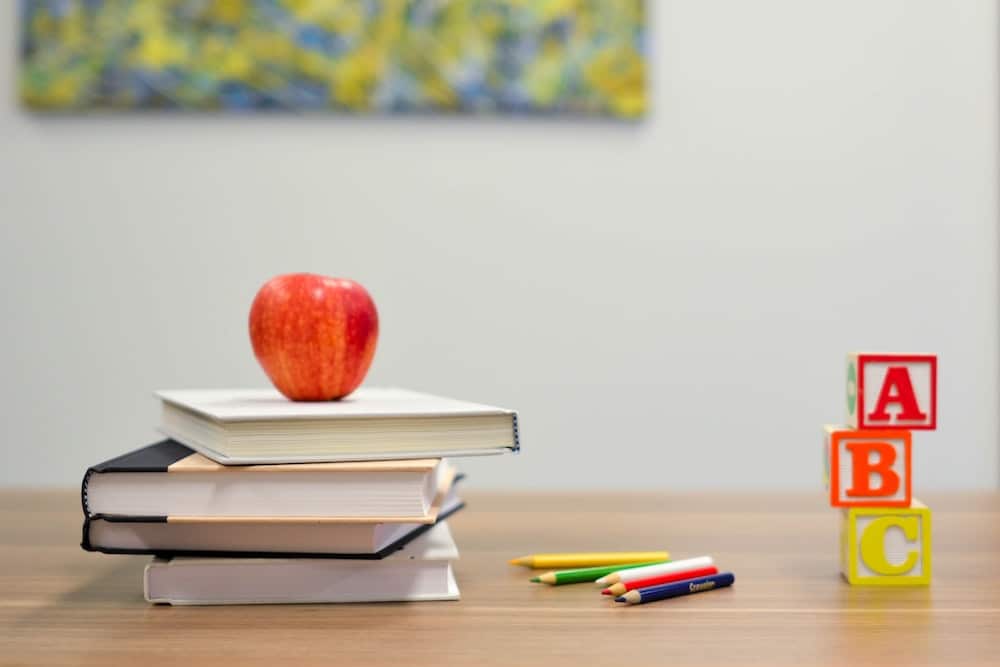
When the COVID-19 pandemic first began, schools seemed to close quickly across the country. Some tried to continue with in-person learning for a while, only to go virtual after too many students or staff members contracted the virus.
For almost an entire school year, many schools in the U.S. remained closed for in-person learning.
Unfortunately, that meant things like sports, the arts, and other extracurricular activities also came to a sudden halt.
Now that things are shifting back to normal, most schools have opened up again or will do so for the upcoming fall semester.
That’s an exciting thing for students, teachers, and parents. But, it goes without saying that the “normal” we’re living in isn’t the same as it used to be.
So, what can you do to help your children transition back to in-person learning?
Establish or Modify a Routine
Even if your child is excited to head back to school, there may be some underlying uncertainty, or even worry. One of the best ways to make them feel comfortable and keep them from getting overwhelmed is to establish a healthy routine.
Make sure they’re going to sleep and waking up at the same time each day. Have a morning routine that includes things like a healthy breakfast, getting dressed, packing their school bag, etc. You could even include a few minutes of deep breathing or stretching to help them relax and get ready for the day.
Children need routine, no matter their age. It’s a source of comfort and security. During these uncertain and still-confusing times, knowing they have something they can depend on makes a big difference.
Talk to Them About Changes
It’s important that your kids know not everything will be the same when they go back to school. Some districts are still requiring mask-wearing and social distancing. Others may have extra safety and hygiene practices in place.
Hopefully, your child’s school has been readily informing you about any changes and protocols they’re planning to implement. If they haven’t, don’t be afraid to reach out to the school and ask. Being able to pass that information onto your child will give them a better idea of what to expect.
When your child is prepared for those changes, they’ll be less likely to feel overwhelmed by them.
Validate Their Accomplishments
Some kids struggled more than others with virtual learning. It can be hard for children with different learning styles to effectively pick up on everything when they’re staring at a screen.
So, make sure to acknowledge and celebrate any achievements your child reaches this year when it comes to their education. For some, virtual learning caused self-esteem issues, even if it wasn’t your child’s fault that they couldn’t effectively learn online.
If being back in school has helped them feel better about what they’re learning again, make sure they know you can see the difference, and how proud of them you are.
Keep Checking In
Don’t forget to check in with your child once in a while to get a feel for how they’re feeling. Things might seem okay on the surface. But your child might be too embarrassed to talk about what they’re feeling on their own.
Be sure to ask about their feelings, if they’re having any struggles, and which parts of school they like/don’t like. Encouraging them to open up will help you focus on any areas of struggle, but it will also offer you peace of mind when it comes to your child transitioning back to an in-person environment.
Try to talk to them about their feelings once every 2-3 weeks. You’ll stay in the loop, and your child will know that no matter what else might happen at school, you’re always there waiting to validate their feelings.
——–
If you notice your child is struggling with the transition, you don’t have to address the issue alone. Contact us for more information or to set up an appointment. Serenity EFTC offers play therapy in Colorado.
